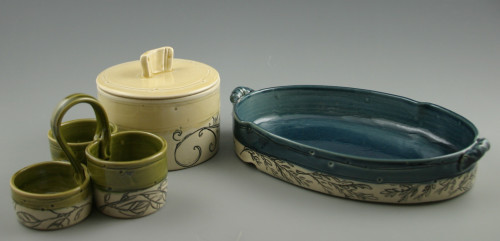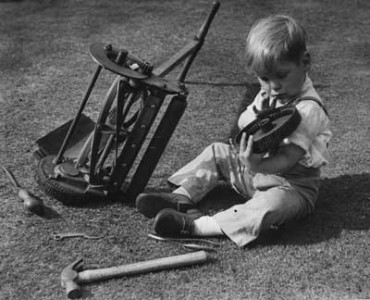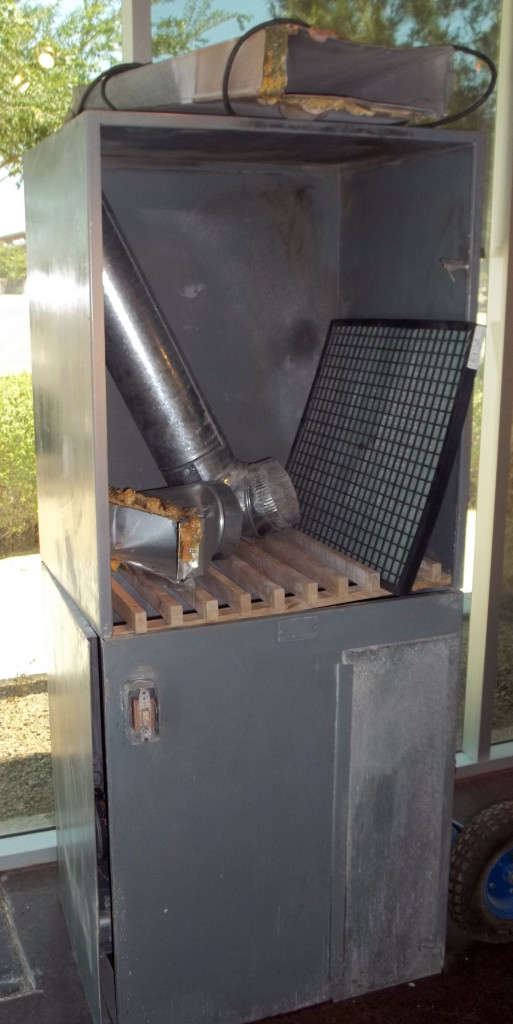nothing but possibilities
 When my husband and I bought our first house, we saw nothing but possibilities. We were young and inspired (maybe naive is a better word…or stupid)
When my husband and I bought our first house, we saw nothing but possibilities. We were young and inspired (maybe naive is a better word…or stupid)
Our new-to-us home was a mid-70’s ranch-like fixer-upper tract home. It sat adjacent to a house positioned as the street made a near 90 degree turn. Our address was prefixed by south; their’s by west. The neighbor’s house had a minuscule pizza-slice front yard and generous backyard. Our lot caught a bit of the westward curve, creating a wide lot with a surplus of yard (mostly dirt) front and back.
 One Saturday we ventured out to a few second hand stores looking for anything…and really nothing at all (entertainment for the financially strapped) We thought we scored a great find that day with a old reel mower. When we went to pay for our treasure, the man at the register commented, “Looks like you just bought yourself work.”
One Saturday we ventured out to a few second hand stores looking for anything…and really nothing at all (entertainment for the financially strapped) We thought we scored a great find that day with a old reel mower. When we went to pay for our treasure, the man at the register commented, “Looks like you just bought yourself work.”
In the spirit of full disclosure, our endeavor wasn’t motivated by some noble cause like reducing our carbon footprint or an even less noble cause like taking advantage of the physical nature of pushing the mower. Nope. We were just thrifty (not necessarily saving money as much as not spending what we didn’t have…and, we didn’t have much)
However, it wasn’t long before the Bermuda grass we’d planted grew so dense that the reel mower became near useless. By the following summer, we discovered just how much work we’d bought.
 A few weeks ago, fellow ceramic artist Jeremy Briddell (jeremybriddell.com) was clearing out his old studio and needed to unload a small glaze spray booth. I was happy to help him out. As Jeremy tells it, the spray booth was a broken down refugee from ASU he rescued from surplus and rebuilt to usable once again. He’d bought himself work.
A few weeks ago, fellow ceramic artist Jeremy Briddell (jeremybriddell.com) was clearing out his old studio and needed to unload a small glaze spray booth. I was happy to help him out. As Jeremy tells it, the spray booth was a broken down refugee from ASU he rescued from surplus and rebuilt to usable once again. He’d bought himself work.
My process hasn’t demanded much in the way of spray applications. Usually only functional pieces that don’t fit in the glaze bucket get sprayed. I’ve really tried to avoid it because spraying involves: loading the car with my work, glaze and tools; heading to the house; setting up a workable glaze situation in the backyard with a portable compressor, two inverted five gallon buckets with a long ware board laid across; spray away, clean up and then haul it all back to the studio. If it’s hot out, I have to work fast to keep the waxed areas from softening too much for handling the piece. It’s not fun.
So, the way I see it, unlike the reel mower (which really was work), the spray booth is more about the possibilities.
•